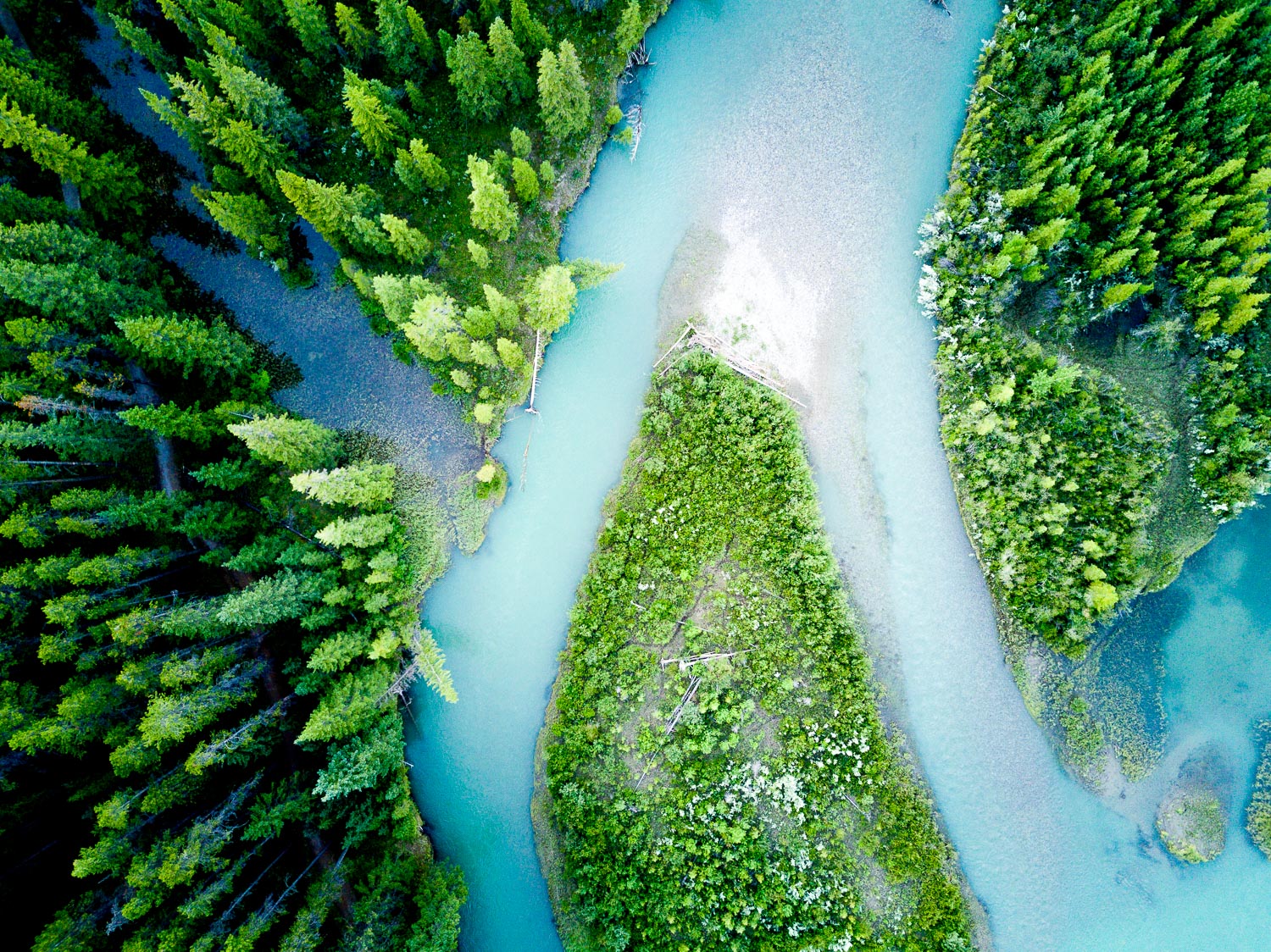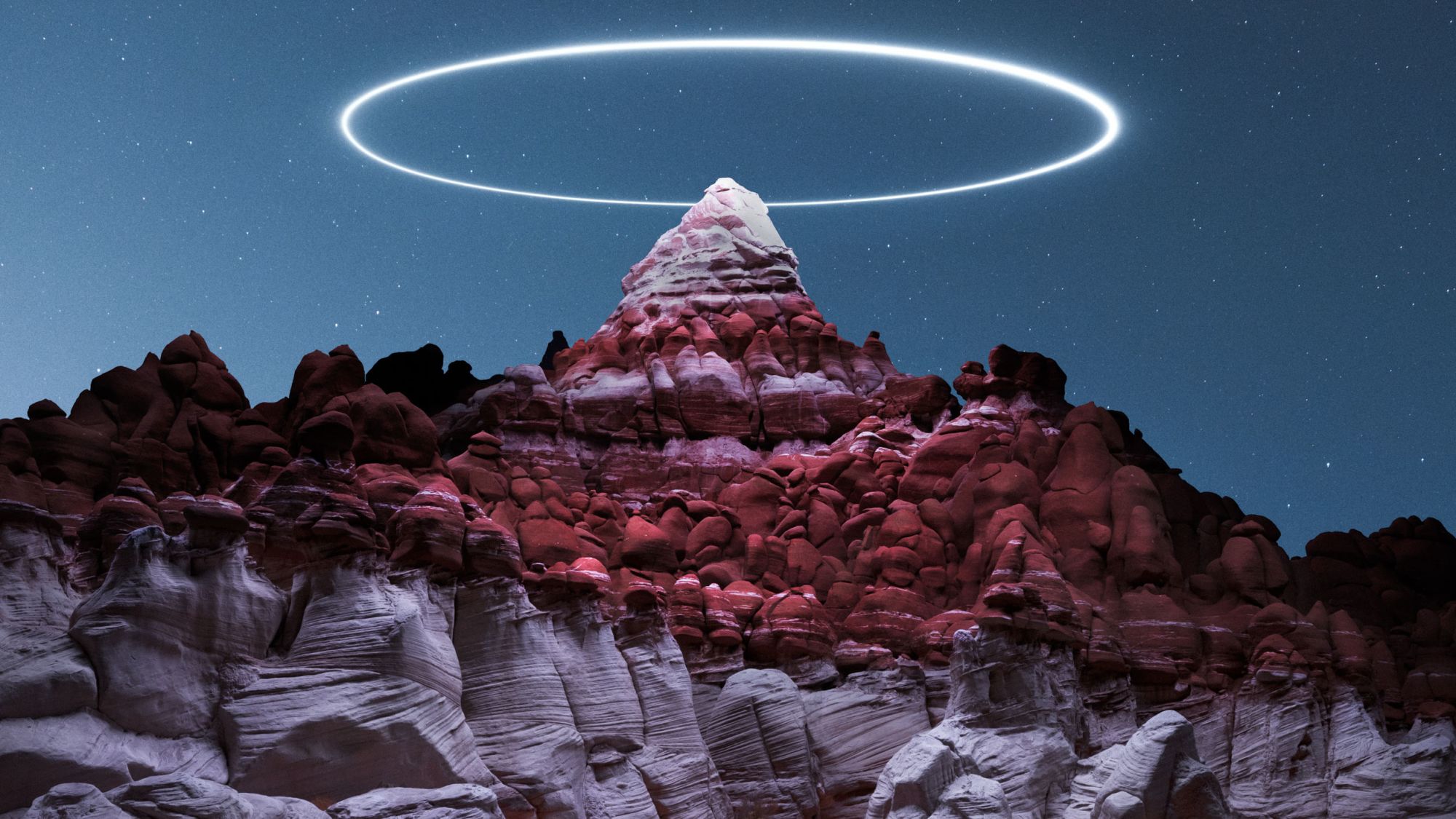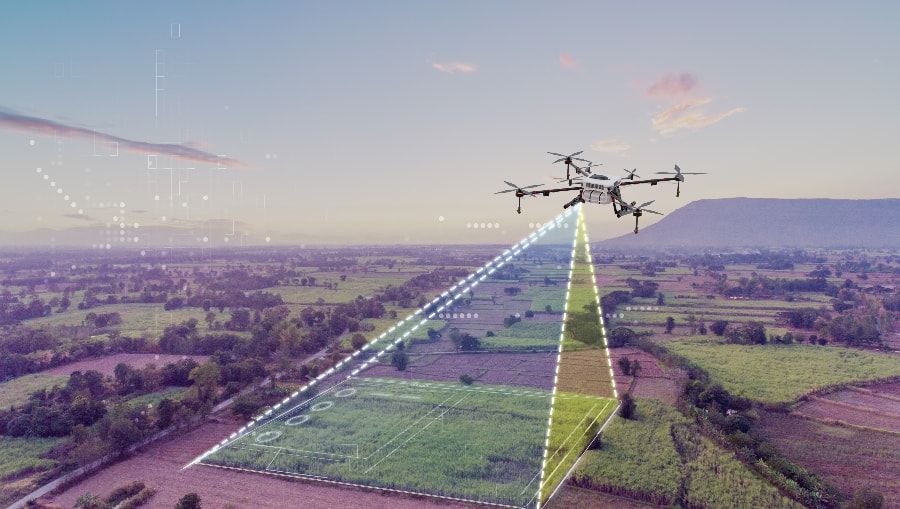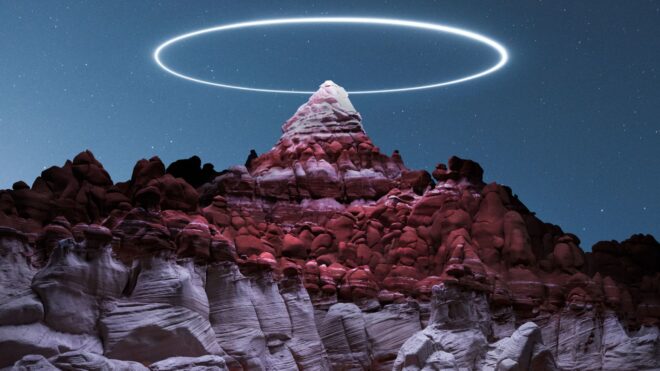How Do I Photograph Vast Open Spaces With A Drone?
How do I photograph vast open spaces with a drone? If you’re looking to capture the beauty of wide open spaces from a unique perspective, using a drone can provide stunning aerial shots. In this article, we will explore the best practices for photographing vast open spaces with a drone, from choosing the right equipment to mastering aerial photography techniques. Let’s dive in!
Selecting the Right Drone for Vast Open Spaces
When it comes to photographing vast open spaces with a drone, choosing the right equipment is crucial. You’ll want a drone that is capable of flying long distances, capturing high-quality images, and handling various weather conditions. Here are some key factors to consider when selecting a drone for vast open spaces:
Long Battery Life
One of the most important factors to consider when choosing a drone for vast open spaces is battery life. You’ll want a drone that can fly for an extended period of time without needing to recharge. Look for drones with a long battery life, ideally over 30 minutes, to ensure you have enough time to capture the shots you want.
High-Quality Camera
Another essential feature to look for in a drone for vast open spaces is a high-quality camera. Look for drones with a high-resolution camera that can capture sharp, detailed images and videos. Consider drones with features like a wide-angle lens or 4K video capabilities for stunning aerial footage.
GPS and Range
When photographing vast open spaces, you’ll likely need to fly your drone long distances. Look for drones with built-in GPS and a long transmission range to ensure you can control your drone from afar. GPS capabilities also allow for precision flying and the ability to set waypoints for automated flights.
Wind Resistance
Vast open spaces can be windy, so it’s essential to choose a drone that can handle various weather conditions. Look for drones with good wind resistance and stability features to ensure smooth and steady flights, even in windy conditions.
Size and Portability
Consider the size and portability of the drone when photographing vast open spaces. A compact and lightweight drone is easier to transport to remote locations and allows for quick setup and takeoff. Look for drones that are easy to carry and pack away for travel.

This image is property of i0.wp.com.
Planning Your Aerial Photography Shoot
Before heading out to photograph vast open spaces with your drone, it’s essential to plan your aerial photography shoot. Proper planning will help you capture the best shots and make the most of your drone’s capabilities. Here are some tips for planning your aerial photography shoot:
Scout the Location
Before your shoot, take some time to scout the location where you’ll be photographing vast open spaces. Look for interesting landmarks, natural features, or points of interest that you want to capture from the air. Consider the best angles and perspectives to showcase the vastness of the open space.
Check Weather Conditions
Keep an eye on the weather forecast before heading out to photograph vast open spaces with your drone. Clear skies and calm winds are ideal for aerial photography, as they provide optimal lighting and stable flying conditions. Avoid flying in rain, snow, or strong winds to ensure the safety of your drone.
Plan Your Flight Path
When planning your aerial photography shoot, consider the flight path you will take with your drone. Take into account any obstacles or restricted airspace in the area and plan a safe and efficient route for capturing your shots. Consider using mapping tools or drone flight planning apps to help track your flight path.
Time of Day
The time of day can greatly impact the quality of your aerial shots when photographing vast open spaces. Consider shooting during the golden hour, which occurs during sunrise and sunset, for soft, warm lighting that enhances the beauty of the landscape. Avoid harsh midday sun, which can create harsh shadows and overexposed images.

This image is property of media.cnn.com.
Mastering Aerial Photography Techniques
When photographing vast open spaces with a drone, mastering aerial photography techniques is essential to capturing stunning and captivating images. Here are some tips and techniques to help you elevate your aerial photography skills:
Rule of Thirds
When framing your shots of vast open spaces with a drone, apply the rule of thirds to create visually appealing compositions. Divide your frame into thirds both horizontally and vertically, and position key elements of the landscape along these gridlines or at their intersections for a balanced and dynamic composition.
Change Altitude and Angles
Experiment with different altitudes and angles when capturing aerial shots of vast open spaces. Try flying at different heights to showcase the scale and depth of the landscape, and tilt your camera up or down to capture unique perspectives. Don’t be afraid to get creative with your drone movements to capture eye-catching shots.
Use Leading Lines
Leading lines are a powerful compositional technique that can guide the viewer’s eye through the image and create a sense of depth in vast open spaces. Look for natural or man-made lines like roads, rivers, or fences that lead the viewer’s gaze towards the focal point of your shot. Incorporate leading lines into your aerial compositions for added visual interest.
Play with Symmetry and Patterns
Vast open spaces often feature natural patterns and symmetrical elements that can create striking visual compositions in aerial photography. Look for patterns in the landscape like rows of trees, geometric shapes, or repetitive textures, and position your drone to capture these patterns from above. Experiment with symmetrical compositions to create harmonious and visually appealing shots.
Experiment with Slow Motion
Slow-motion footage can add a cinematic and dramatic effect to your aerial shots of vast open spaces. Consider capturing slow-motion video clips of moving clouds, flowing rivers, or swaying fields to create dynamic and mesmerizing footage. Experiment with different frame rates and settings on your drone to achieve smooth and stunning slow-motion shots.

This image is property of i0.wp.com.
Editing and Enhancing Your Aerial Images
After capturing aerial shots of vast open spaces with your drone, the next step is editing and enhancing your images to bring out the best in your photography. Editing your aerial images can help you correct exposure, enhance colors, and create a polished final result. Here are some tips for editing and enhancing your aerial images:
Adjust Exposure and Contrast
One of the most important aspects of editing aerial images is adjusting exposure and contrast to enhance the tones and details in the landscape. Use editing software like Adobe Lightroom or Photoshop to fine-tune the exposure, shadows, highlights, and contrast of your images for a well-balanced and vibrant look. Pay attention to the highlights and shadows in your shots and adjust them accordingly for optimal tonal range.
Enhance Colors and Saturation
Boosting colors and saturation can make your aerial images of vast open spaces pop and come to life. Adjust the vibrance and saturation levels of your images to enhance the colors of the landscape and create a more visually appealing result. Be careful not to over-saturate your images, as this can lead to unnatural-looking and oversaturated colors. Aim for a natural and balanced color palette in your aerial shots.
Crop and Straighten
Consider cropping and straightening your aerial images to improve composition and framing. Crop out any distracting elements or empty space in the frame to draw the viewer’s eye towards the main subject of your shot. Use the straighten tool to align horizon lines and ensure that your aerial shots are level and well-balanced. Experiment with different crops and compositions to find the most visually pleasing result.
Remove Distractions
During the editing process, consider removing any distractions or imperfections in your aerial images to create a clean and polished final result. Use the clone stamp or healing brush tool to remove sensor dust, lens flares, or unwanted objects from your shots. Pay attention to minor details and blemishes in your images and take the time to refine and perfect your aerial shots.
Add Filters and Effects
Experiment with filters and effects to enhance the mood and style of your aerial images of vast open spaces. Apply filters like sepia, black and white, or vintage effects to create a unique and artistic look in your drone photography. Consider adding vignettes, gradients, or textures to add depth and interest to your shots. Play around with different effects to find a style that complements the landscape and reflects your creative vision.

This image is property of i0.wp.com.
Safety Tips for Aerial Photography with Drones
When photographing vast open spaces with a drone, safety should always be a top priority. Flying a drone comes with risks, especially in remote and open areas, so it’s essential to follow safety guidelines and best practices to ensure a safe and successful aerial photography shoot. Here are some safety tips for aerial photography with drones:
Check Local Regulations
Before flying your drone in vast open spaces, check local regulations and restrictions on drone flying in the area. Familiarize yourself with any no-fly zones, airspace regulations, and privacy laws that may apply to your location. Ensure that you have any necessary permits or permissions to fly your drone legally and safely.
Inspect Your Drone
Before each flight, thoroughly inspect your drone to ensure that it is in good working condition and free of any damage or malfunctions. Check the propellers, motors, battery, and other components for signs of wear or damage. Make sure that your drone’s firmware and software are up to date for optimal performance and safety.
Maintain Line of Sight
When flying your drone in vast open spaces, always maintain a clear line of sight with your drone to ensure safe and controlled flying. Keep your drone within visual range and avoid flying it out of sight or beyond visual limits. Use a spotter if needed to help monitor your drone and maintain situational awareness during flight.
Watch for Obstacles
Be aware of potential obstacles and hazards in the area when flying your drone in vast open spaces. Watch out for trees, power lines, buildings, or other structures that could pose a risk to your drone. Be mindful of changing weather conditions, wind gusts, and wildlife that may affect your flight path and safety. Fly your drone with caution and avoid risky maneuvers or flights near obstacles.
Respect Privacy
When photographing vast open spaces with a drone, respect the privacy of others and avoid capturing images or videos of private property without permission. Be mindful of people, vehicles, or animals in the area and avoid flying your drone over sensitive or restricted areas. Follow ethical guidelines and best practices for drone photography to ensure responsible and respectful flying.
This image is property of web-images3.pixpa.com.
Conclusion
Photographing vast open spaces with a drone can provide breathtaking aerial shots that showcase the beauty and scale of the landscape from a unique perspective. By selecting the right drone, planning your aerial photography shoot, mastering aerial photography techniques, and editing your images, you can capture stunning and captivating shots of vast open spaces. Remember to prioritize safety, follow local regulations, and respect the environment when flying your drone in remote and open areas. With the right equipment, skills, and creativity, you can take your aerial photography of vast open spaces to new heights. Happy flying!

